
Embrace the warmth of natural luxury
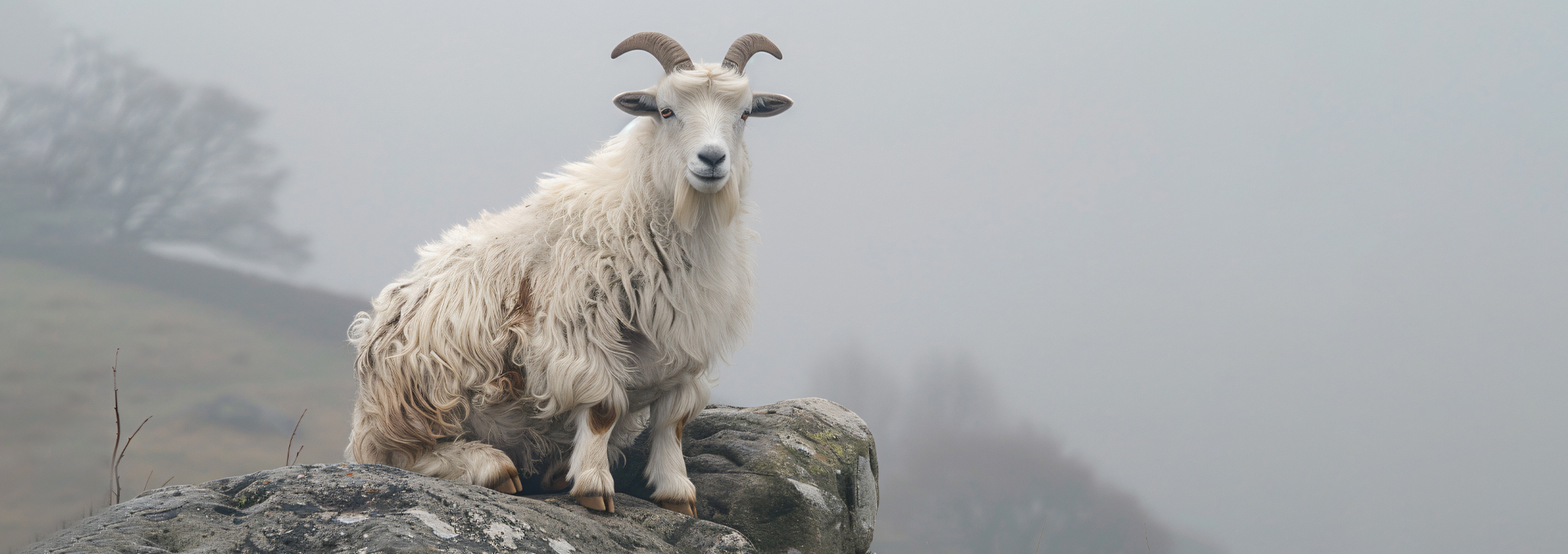
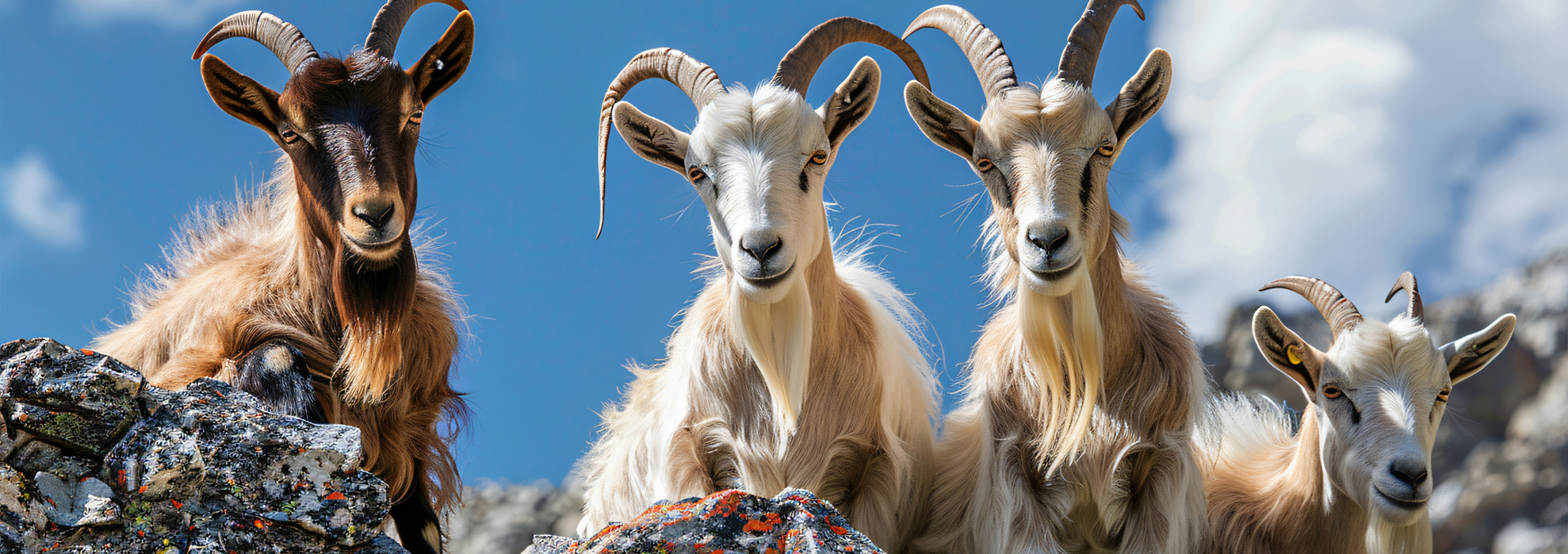
Mongolian Goat and Cashmere
Mongolians have been farming goats for approximately 4,000 years. Goat meat and milk are highly valued for their nutritional benefits and contribute significantly to supporting human health. For example:
- Goat meat is easily digestible and has therapeutic properties that can aid in the treatment of various human diseases.
- Goat milk promotes digestive health and supports the functioning of the digestive system.
- It contains essential vitamins such as A, D, E, and K, which are vital for the human body.
- Goat milk products are highly digestible, with an absorption rate of 94-98%.
- Mongolian goat cashmere is renowned for its ability to retain warmth over long periods without losing its insulating properties.
For Mongolians, goats are an integral part of daily life, serving as a significant source of nourishment, health benefits, and raw materials for clothing.
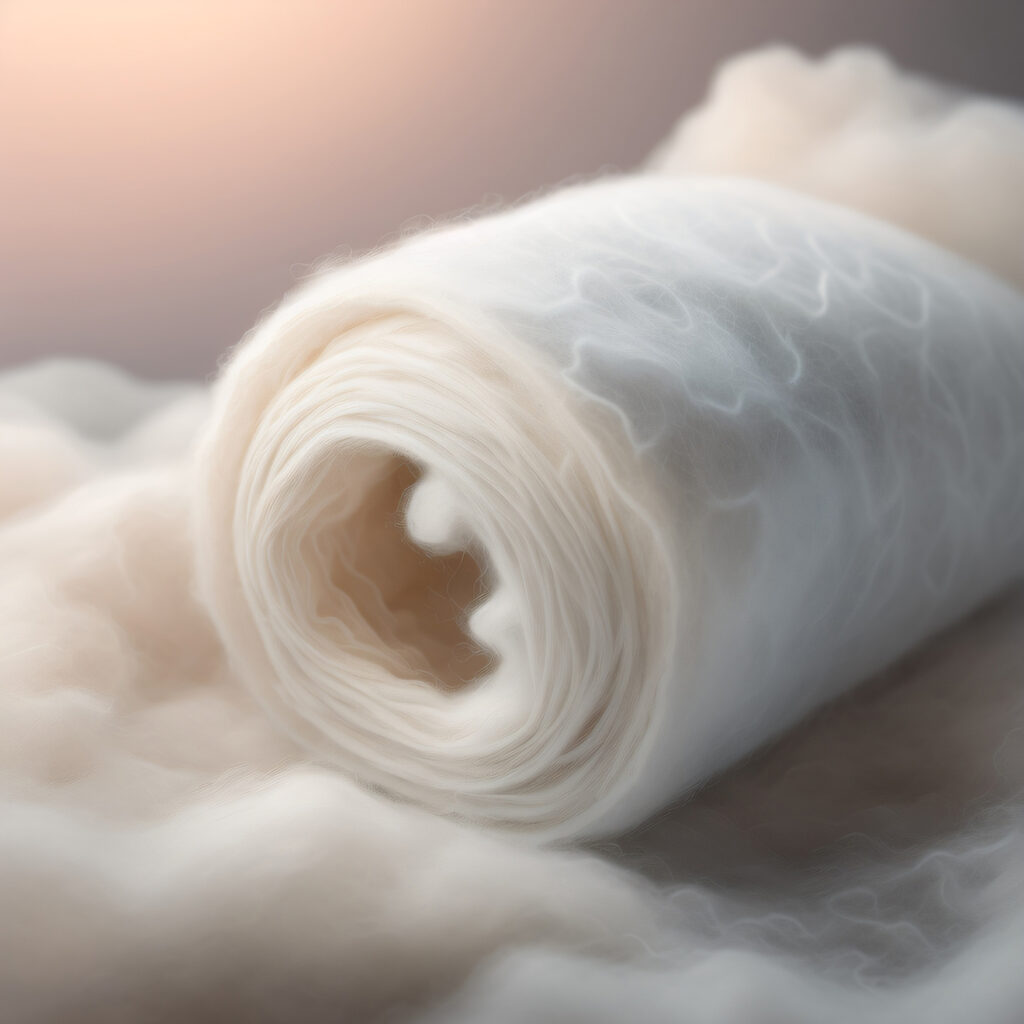
Characteristics of Mongolian Goat Cashmere
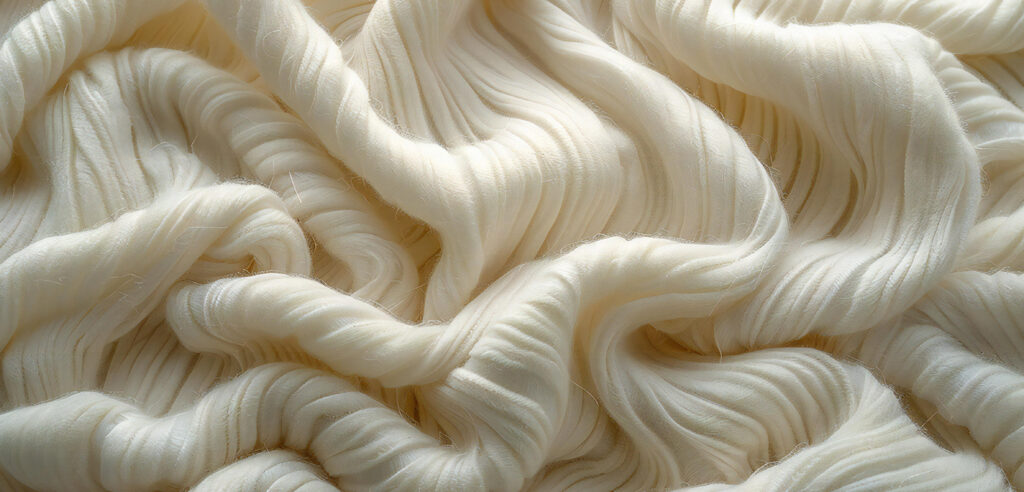
Mongolian goats produce an average of 300-500 grams of cashmere annually. The fibers are delicate and tightly packed, with the following characteristics:
– Coarse cashmere: 21-25 microns (μm) in diameter.
– Fine cashmere: 16-19 microns (μm) in diameter.
Mongolian goat cashmere is renowned for its exceptional length, averaging 5.6 cm, which is considered the longest in the world. The natural color of the cashmere is typically beige or white. Products made from Mongolian goat cashmere are known for being exceptionally soft, warm, and durable. Due to the fine texture of cashmere, it offers excellent breathability, prevents skin irritation, and is hypoallergenic. Mongolian goat cashmere is highly valued in the global market and leads in quality. Due to these unique characteristics, Mongolian goat cashmere is a globally renowned and highly sought-after raw material. The extreme climate of Mongolia plays a crucial role in producing the finest cashmere, as the goats endure harsh winters with temperatures dropping as low as -40°C. In addition to its superior warmth, Mongolian goat cashmere is world-famous for being the thinnest and longest. Mongolian cashmere stands out significantly from that of other countries in key quality indicators such as fiber length, diameter, and fineness. The thinner the fiber, the warmer and softer the cashmere, which makes it highly valued in the market.
Mongolia is the only country in the world that produces cashmere in four natural colors. The unique climate and geographical features, ranging from the majestic Altai Mountains to the southern blue Gobi Desert, contribute to the distinctive characteristics of Mongolian cashmere. Due to the colder climate in the northern regions, black goats are more common, whereas in the milder southern climate, the goats’ fur tends to be white or light brown. Thus, in addition to white, beige, and brown, warm gray -a rare natural cashmere color- is also produced, making it the most unique hue in the world.
Mongolians traditionally comb their goats’ cashmere during the spring, typically beginning in mid-April and continuing for approximately one month. This process is carried out using old-fashioned traditional techniques. Initially, any tangles in the goat’s coat are carefully trimmed, after that, the cashmere is gently combed out using a soft, massage-like comb that ensures no harm to the animal. The Mongolian nomadic livestock culture emphasizes the principle that the animals must be well-nourished and not stressed during the cashmere harvesting process. The act of combing is not only integral to the collection of cashmere but also beneficial for the well-being of the livestock, especially in the harsh climate. If cashmere is not properly removed, the goat may face a serious risk of death, particularly during severe storms. After the rain, the cashmere can become matted, which can obstruct the growth of new fiber. To prevent this, Mongolian herders have traditionally combed their goats during the spring season.

Embrace the warmth of natural luxury

Embrace the warmth of natural luxury


Mongolian Goat and Cashmere

Mongolians have been farming goats for approximately 4,000 years. Goat meat and milk are highly valued for their nutritional benefits and contribute significantly to supporting human health. For example:
- Goat meat is easily digestible and has therapeutic properties that can aid in the treatment of various human diseases.
- Goat milk promotes digestive health and supports the functioning of the digestive system.
- It contains essential vitamins such as A, D, E, and K, which are vital for the human body.
- Goat milk products are highly digestible, with an absorption rate of 94-98%.
- Mongolian goat cashmere is renowned for its ability to retain warmth over long periods without losing its insulating properties.
For Mongolians, goats are an integral part of daily life, serving as a significant source of nourishment, health benefits, and raw materials for clothing.
Characteristics of Mongolian Goat Cashmere
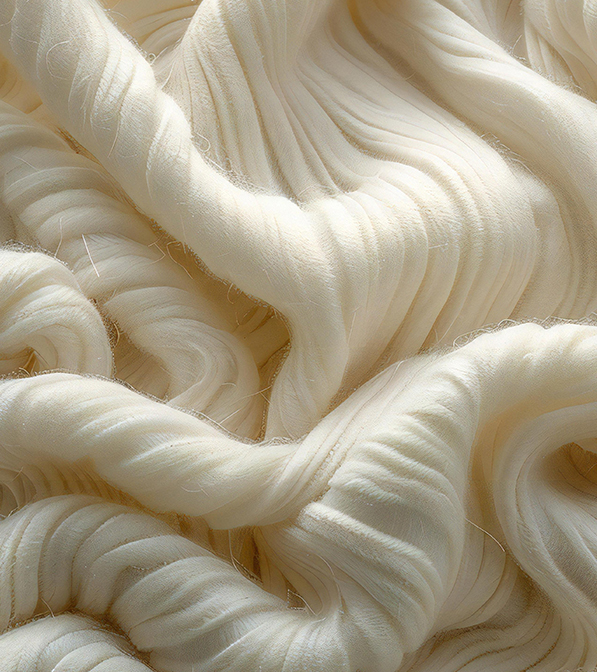
Mongolian goats produce an average of 300-500 grams of cashmere annually. The fibers are delicate and tightly packed, with the following characteristics:
– Coarse cashmere: 21-25 microns (μm) in diameter.
– Fine cashmere: 16-19 microns (μm) in diameter.
Mongolian goat cashmere is renowned for its exceptional length, averaging 5.6 cm, which is considered the longest in the world. The natural color of the cashmere is typically beige or white. Products made from Mongolian goat cashmere are known for being exceptionally soft, warm, and durable. Due to the fine texture of cashmere, it offers excellent breathability, prevents skin irritation, and is hypoallergenic. Mongolian goat cashmere is highly valued in the global market and leads in quality. Due to these unique characteristics, Mongolian goat cashmere is a globally renowned and highly sought-after raw material. The extreme climate of Mongolia plays a crucial role in producing the finest cashmere, as the goats endure harsh winters with temperatures dropping as low as -40°C. In addition to its superior warmth, Mongolian goat cashmere is world-famous for being the thinnest and longest. Mongolian cashmere stands out significantly from that of other countries in key quality indicators such as fiber length, diameter, and fineness. The thinner the fiber, the warmer and softer the cashmere, which makes it highly valued in the market.
Mongolia is the only country in the world that produces cashmere in four natural colors. The unique climate and geographical features, ranging from the majestic Altai Mountains to the southern blue Gobi Desert, contribute to the distinctive characteristics of Mongolian cashmere. Due to the colder climate in the northern regions, black goats are more common, whereas in the milder southern climate, the goats’ fur tends to be white or light brown. Thus, in addition to white, beige, and brown, warm gray -a rare natural cashmere color- is also produced, making it the most unique hue in the world.
Mongolians traditionally comb their goats’ cashmere during the spring, typically beginning in mid-April and continuing for approximately one month. This process is carried out using old-fashioned traditional techniques. Initially, any tangles in the goat’s coat are carefully trimmed, after that, the cashmere is gently combed out using a soft, massage-like comb that ensures no harm to the animal. The Mongolian nomadic livestock culture emphasizes the principle that the animals must be well-nourished and not stressed during the cashmere harvesting process. The act of combing is not only integral to the collection of cashmere but also beneficial for the well-being of the livestock, especially in the harsh climate. If cashmere is not properly removed, the goat may face a serious risk of death, particularly during severe storms. After the rain, the cashmere can become matted, which can obstruct the growth of new fiber. To prevent this, Mongolian herders have traditionally combed their goats during the spring season.
